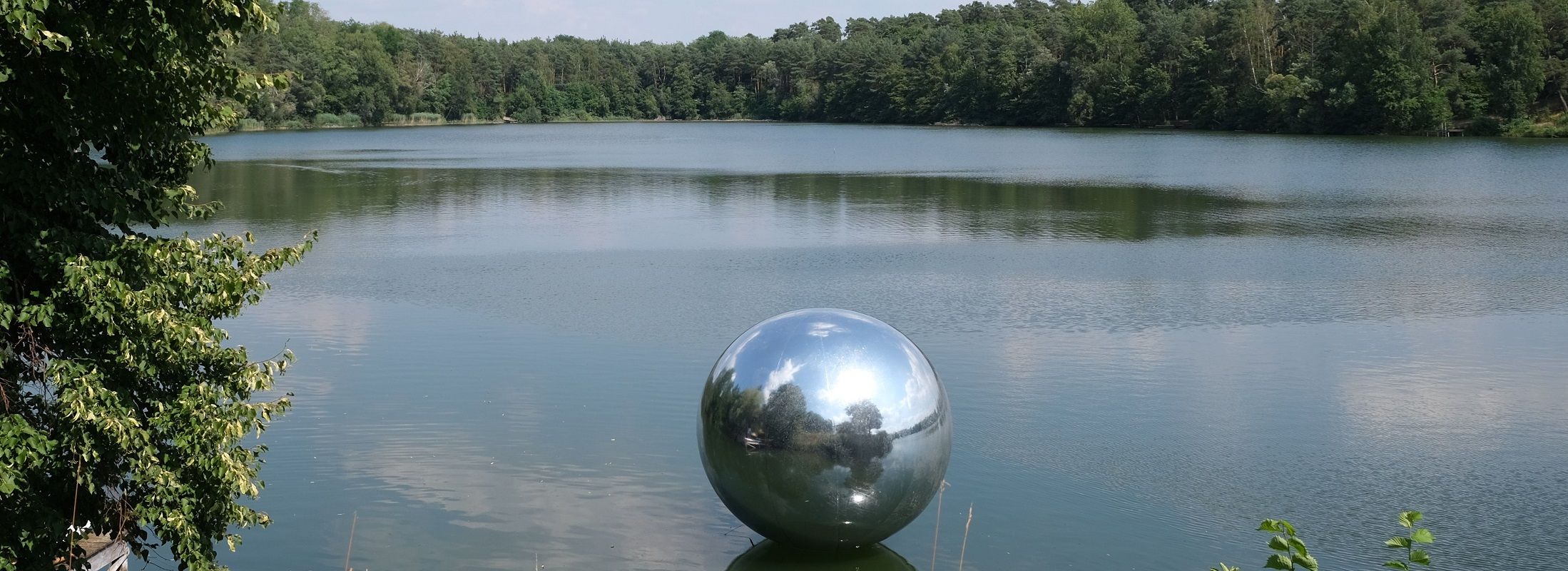The three efficiencies of sustainable circularity

Whether recycling economy, the "cradle to cradle" approach or the "product as a service" business model - they all have in common that they are attributed to the sustainable circularity or circular economy. And these existing approaches or business models will be followed by others.
Because they offer solutions on many levels: For supply chain systems that are becoming more complex, for rising costs of dwindling resources, for customer loyalty and, last but not least, for the upcoming EU-wide regulations (e.g. the Net Zero program). In the future, economic activity will increasingly correlate with the extent to which value creation is decoupled from linear consumption. We show you how this can be done with inspiring examples in our Circularity Blog.
In contrast to linear value chains, the model of circularity - in simplified terms - focuses in particular on the extension and intensification of product use. A product that circulates and thus remains in the economic cycle longer retains its functional value, saves resources, reduces emissions and pollution, and in turn promotes the regeneration of ecosystems.
Innovative business models are needed to best circulate products with the functional values conveyed, to meet customer needs, and to be economical at the same time.
A company can achieve different impact for planet, society and its long-term business success with sustainable circularity. We basically distinguish three impact levels of circularity. They provide an orientation on how to approach the topic step by step:
Impact Level 1: First circular products and services
· Transparency of the value chain and impacts
· Resource efficient & fair production
· Waste reduction
· Enterprise at departmental level
· Support of sustainable consumption behavior of customers
The first step is often innovation to close material loops for specific products and services that make production processes more efficient and consumer behavior more sustainable. Often, the initial focus is on a small target group.
Impact Level 2: Business model innovation
· New, integrative services for a broader customer group
· Preservation of product value (product life cycle)
· Project involves various departments in the company
A higher impact can be achieved with innovations at the business model level, which provides new services and added value for customers beyond the physical product. Such changes are often associated with behavioral changes in the organization, such as breaking down silo thinking and increasing cross-departmental collaboration and strategic linkages between economic, environmental and social sustainability aspects.
Impact Level 3: Circular and sustainable ecosystems
· Products close value, material and information loops
· Inclusion of diverse societal stakeholders (politicians, infrastructure, public, other sectors)
· Systemic change is envisaged
· Developing innovative solutions for the broader society
The greatest impact is achieved through sustainable, circular ecosystems involving diverse stakeholders (often including policy makers as well as infrastructure). Circular ecosystems provide inclusive, sustainability-focused services to drive broad system change. This system change is often characterized by a full integration of economic, environmental, and social sustainability aspects.
In her article 'From circular products and business models to circular ecosystems' our partner Dr. Diana Born delves further into circular business models.
Have you read the examples of circular business models in our Blog?
Want to take entrepreneurial action, reset your priorities and make a difference?
Want to see the status of your business at a glance?
Take 20 seconds and use the free RAMP test. RAMP Test.